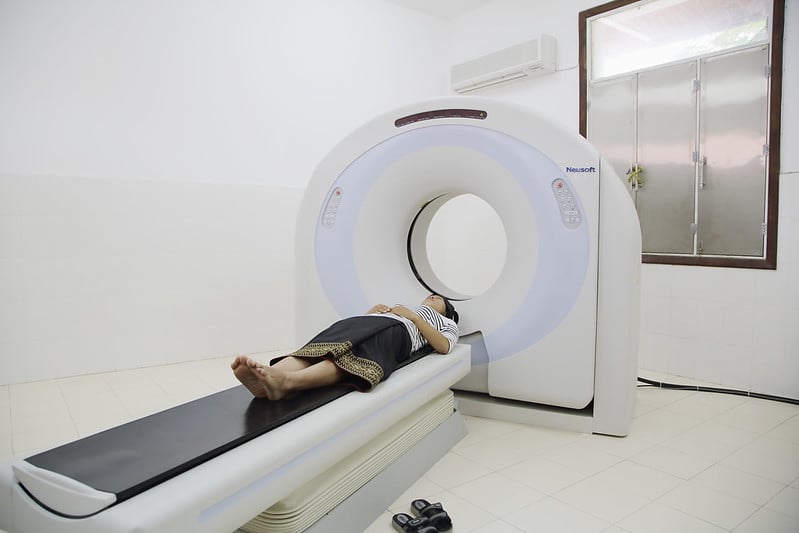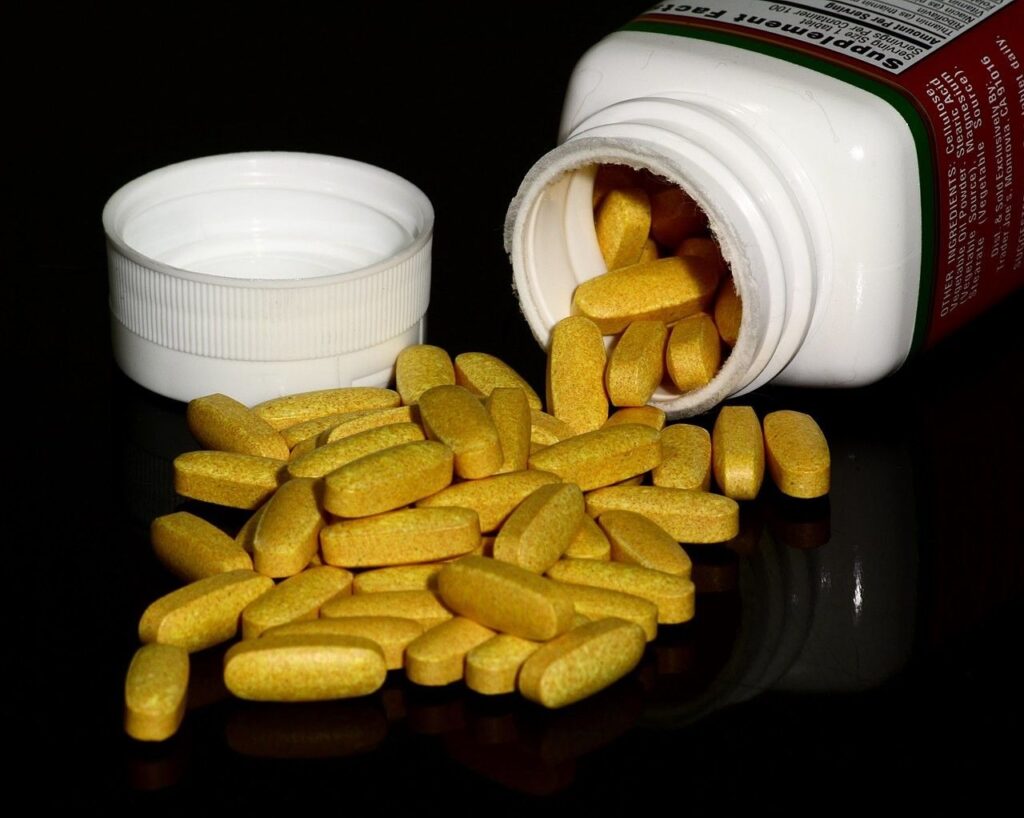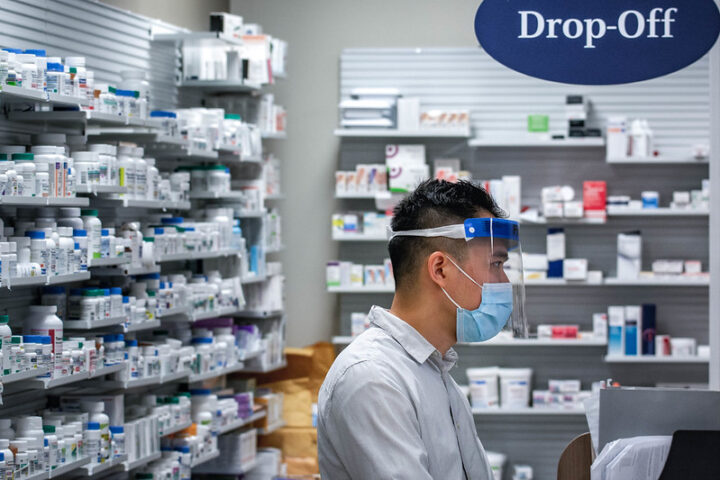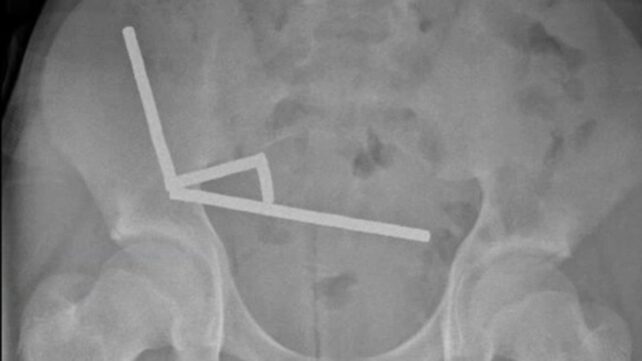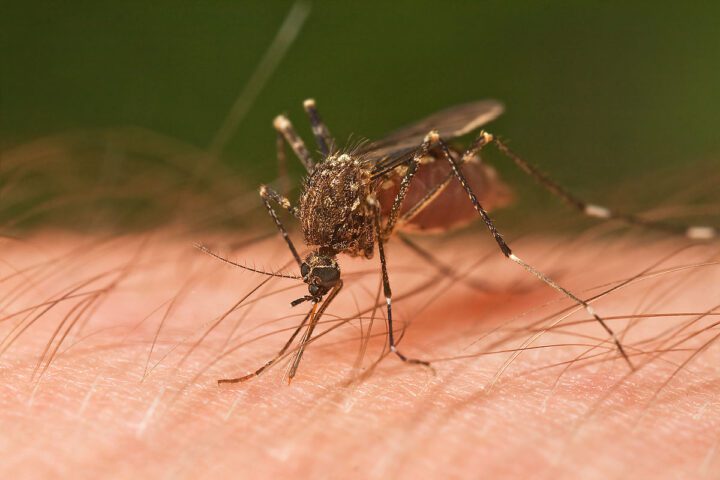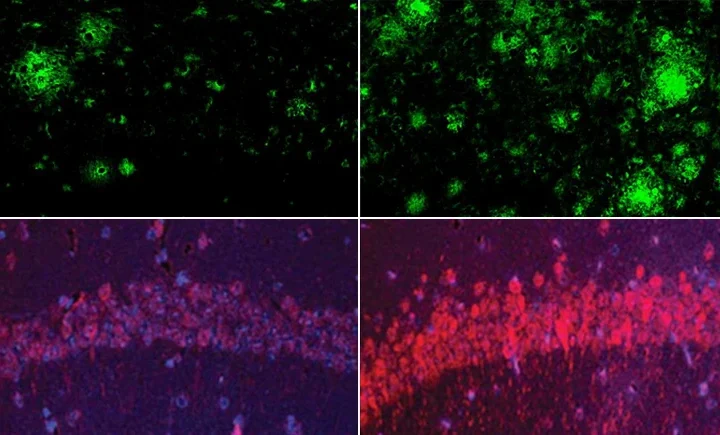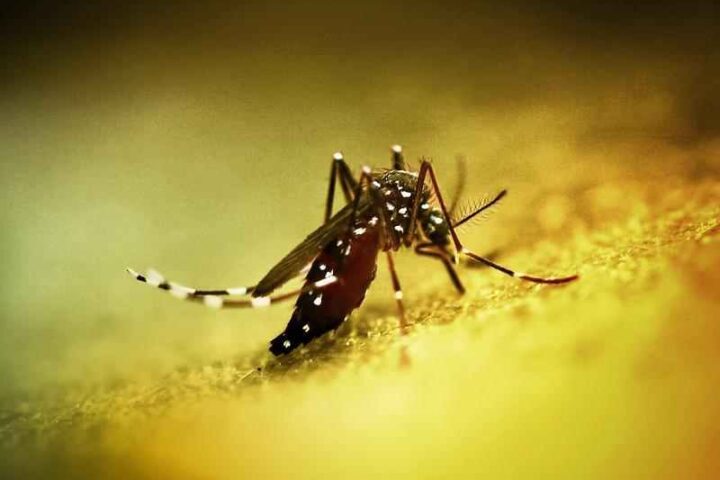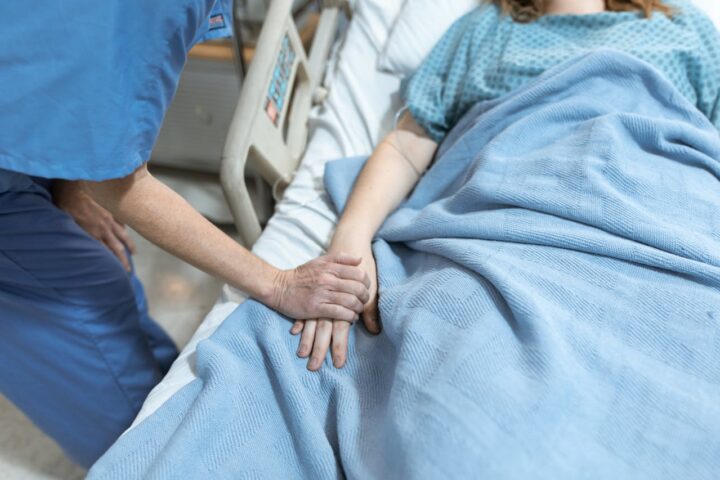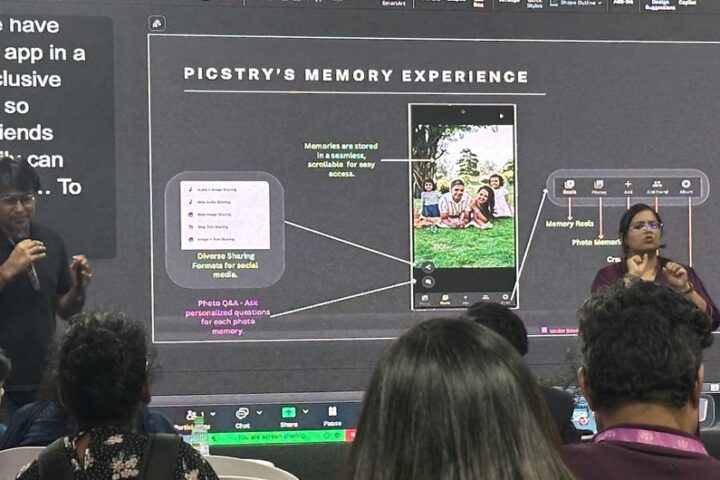A groundbreaking study just published in JAMA Internal Medicine has found that radiation from CT scans could be responsible for approximately 103,000 future cancer cases in the United States – potentially accounting for about 5% of all new cancer diagnoses if current patterns continue.
Let me walk you through what researchers discovered, why it matters, and what it might mean for your next doctor’s appointment.
What the Study Found
Researchers from the University of California, San Francisco (UCSF), Kaiser Permanente Washington, and the Institute of Cancer Research in London analyzed approximately 93 million CT scans performed on about 62 million people in the U.S. during 2023.
Their findings are concerning:
- The projected 103,000 future cancer cases linked to CT radiation is 3-4 times higher than previous estimates
- This puts CT scans on par with alcohol consumption (5.4%) and excess body weight (7.6%) as contributors to cancer risk at a population level
- While children face higher individual risk from each scan, adults receive far more scans, accounting for 91% of projected cancers (93,000 cases)
- Infants under 1 year old have a 10-fold higher risk of developing radiation-induced cancer compared to other age groups
Similar Posts
Professor Amy Berrington, Leader of the Clinical Cancer Epidemiology Group at The Institute of Cancer Research, London, who co-led the study, said:, emphasized: “When millions of CT scans are being carried out across the population, these small risks do add up. In the US, CT-related cancers could now account for 5 per cent of all cancers – some of these cancers could be prevented by avoiding unnecessary scans and ensuring correct doses are used.”
Where the Risk Is Highest
Not all CT scans carry equal risk. The study found:
- Abdomen and pelvis CT scans account for the most projected cancers (37,500 cases, or 37% of the total)
- Chest CT scans account for the second-highest number (21,500 cases, or 21%)
- The most common projected cancer types include lung cancer (22,400 cases), colon cancer (8,700), leukemia (7,900), and bladder cancer (7,100)
- In female patients specifically, breast cancer was the second most common projected cancer
What’s particularly concerning is that about one-third of facilities analyzed in the study used radiation doses higher than the maximum thresholds jointly set by the Centers for Medicare and Medicaid Services (CMS) and UCSF.
Why CT Use Keeps Growing
CT scan usage in the U.S. has increased by approximately 30% since 2007. Several factors drive this trend:
- Time constraints on doctors make ordering a scan sometimes easier than lengthy patient evaluation
- Defensive medicine practices to avoid missing diagnoses
- Financial incentives (CT scans can be profitable for healthcare systems)
- Low public awareness of potential radiation risks
Alternative Imaging Options
For patients concerned about radiation exposure, several radiation-free alternatives exist:
- MRI (Magnetic Resonance Imaging): Excellent for detailed images of soft tissues like the brain, spinal cord, muscles, and organs. Magnetic fields and radio waves are used instead of radiation. Downsides include longer scan times, noise, and contraindications for patients with certain metal implants.
- Ultrasound: It uses sound waves to create images, making it completely radiation-free. It’s especially useful for examining soft tissues, monitoring pregnancy, and guiding procedures. Limitations include difficulty imaging through bone or gas, and results can vary based on the operator’s skill.
What You Can Ask Your Doctor
If your doctor recommends a CT scan, consider asking:
- “Why should this specific CT scan be necessary for my condition?”
- “What information will it provide that other tests cannot?”
- “Are there radiation-free alternatives that might work in my case?”
- “Is this facility accredited and using protocols to minimize radiation dose?”
- “Can my previous imaging results provide enough information instead?”
Dr. Malini Mahendra, a UCSF pediatrician and study co-author, noted: “We hope that information in the study — quantifying the risks — allows clinicians and patients and families to have more discussions on risks and benefits associated with CT exams.“
Technology and Safety Improvements
The medical imaging field has been working to reduce radiation risks through:
- Dose optimization initiatives like Image Gently (for children) and Image Wisely (for adults)
- Advanced reconstruction algorithms that can produce clear images with lower radiation doses
- Standardized protocols tailored to patient size and the specific body region being scanned
The American College of Radiology (ACR) issued a statement following the study’s publication, noting that while the risk projections are based on statistical modeling, they aren’t based on actual patient outcomes directly linking CT scans to cancer. The ACR emphasized that despite increased CT use, technological advancements have actually reduced the average medical radiation dose per person.
Takeaway: Balance Benefits and Risks
The message from experts is clear: CT scans remain a vital, often life-saving diagnostic tool. When medically necessary, their benefits typically outweigh the small individual risk of radiation exposure.
However, unnecessary scans – especially repeated ones – create avoidable population-level risk. The key is ensuring each scan is clinically justified and performed using the lowest effective radiation dose.
As Professor Amy Berrington from the Institute of Cancer Research put it: “While CT scans are immensely beneficial in diagnosing and detecting many conditions, including cancer, they do involve exposure to ionizing radiation that has been shown to increase the risk of developing cancer, when millions of CT scans are being carried out across the population, these small risks add up.”
Ultimately, informed decision-making between patients and healthcare providers remains the best way to navigate the balance between CT’s undeniable benefits and its potential long-term risks.
